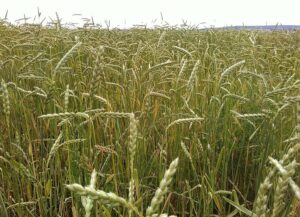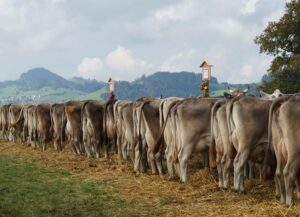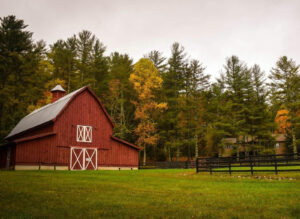Alvaro Garcia
Oats (Avena sativa L.) are a very common cereal grain both used in human nutrition as well as a livestock feed. It has some agricultural advantages over other small grains such as wheat and rye, since it tolerates more cooler, wetter regions and acidic soils, doing better in temperate regions of the world. It has lower summer heat requirements and greater tolerance to rain than other cereals and it is thus well adapted to Northwestern Europe.
Oats is an annual crop and can be planted in autumn (late summer harvest) or spring (early autumn harvest). In Europe, its use in dairy cattle feeding has increased recently, and it has been particularly well adapted to organic farming systems. The protective coating of the grain or pericarp consists of structural carbohydrates of difficult digestion and as a result poor nutritional value.
To enhance its nutritional value, oats need to be processed to disrupt this outer coating and allow enzymes and microorganisms access to the nutrients in the endosperm and germ. These processes are usually through physical methods which involve either grinding, rolling, or decortication. Decortication, also called dehulling, exposes the more digestible portions of the grain which constitute approximately 68-72% of the total weight.
Since the pericarp dilutes the energy content of the whole grain once removed, the remaining fraction can be easily digested, thus increasing its energy value as well as the accessibility to other nutrients. The remaining hull can still be used as a low digestibility feedstuff in animal categories that require less energy dense rations, such as growing heifers or dry cows.
A recent study (Panah et al. 2019) was conducted to characterize the nutrient value of decorticated oat varieties as a feed for ruminants. Four Danish oat varieties (Dominik, Poseidon, Symphony and Zorro) were evaluated as either decorticated or whole grain.
Degradability and post‐ruminal disappearance were measured by in situ and mobile bag techniques, respectively, and they were fitted in a nonlinear model where a was the immediately degradable fraction at 0 h of incubation, b the insoluble degradable fraction, and c the rate of degradation of b fraction.
Decorticated oats had more crude protein and linoleic acid
Decorticated oats had more crude protein (CP; 13.4 vs. 10.8% dry matter; DM) and crude fat (7.2 vs. 5.3% DM) and higher organic matter digestibility (88.8 vs. 70.3% organic matter) than whole oats. Decortication also increased the concentration of linoleic acid (C18:2 n6), whereas linolenic acid (C18:3 n3) and total FA decreased. Decorticated oats had higher concentration of total amino acids (11.6 vs. 9.4% DM) particularly cysteine, phenylalanine, arginine and glutamic acid; lysine on the other hand, did not increase.
The degradability of both DM and CP was higher in decorticated oats, as well as the total tract disappearance and post ruminal disappearance of CP. Decortication increased rumen solubility, particle loss, fractions a and c, and DM degradability; it did however decrease the b fraction (in average 12.9 vs. 16.1% DM).
On average, decortication increased CP solubility by 3.5 percentage points (pp), while lowering particle loss by 2.0 pp of CP. Decortication increased CP degradability (93.4 vs. 90.3% CP), and as a result rumen bypass protein was reduced (6.6 vs. 9.7% CP). Decorticated oats, however, had higher total tract CP disappearance and small intestinal disappearance of rumen bypass protein and total CP.
In summary, decortication can be used as a practical approach to increase oats’ nutritional value.
Reference
Farhad M. Panah, Saman Lashkari, Martin Riis Weisbjerg. Effect of oat decortication on chemical composition, in vitro digestibility and in situ degradability. J Anim Physiol Anim Nutr. 2020;104: 109-115.
© 2020 Dairy Knowledge Center. All Rights Reserved.









